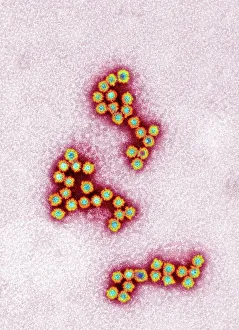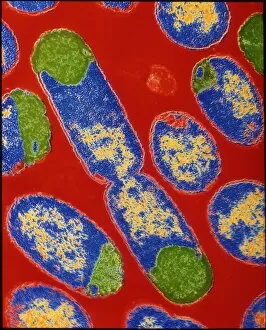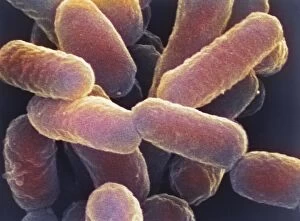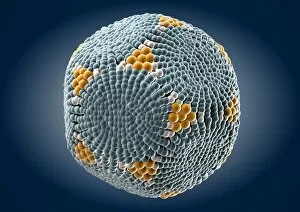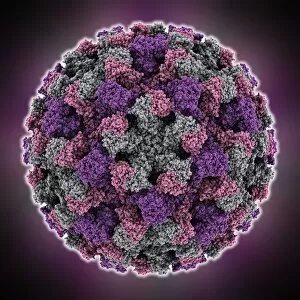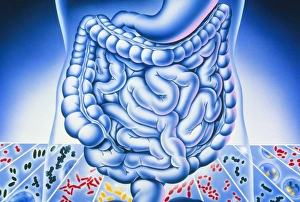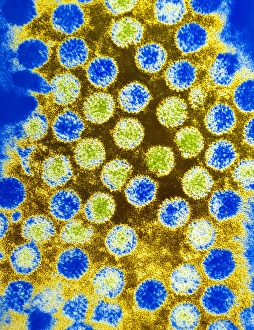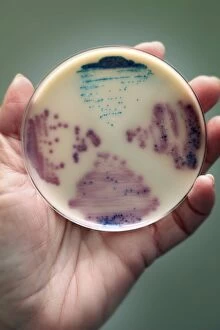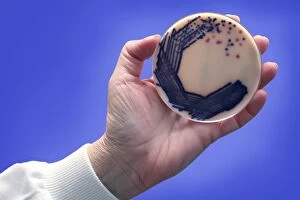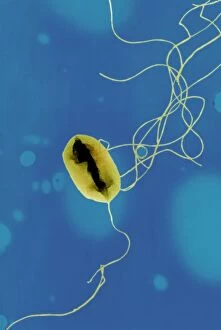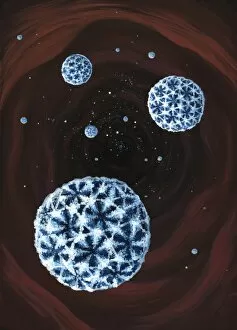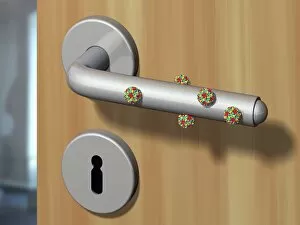Gastroenteritis Collection
Gastroenteritis, commonly known as the stomach flu
All Professionally Made to Order for Quick Shipping
Gastroenteritis, commonly known as the stomach flu, is a highly contagious infection that affects the gastrointestinal tract and can be caused by various pathogens such as Norovirus particles and E. Coli bacteria. When examining Norovirus particles under a transmission electron microscope (TEM), their small size and distinct shape become apparent. These tiny viral particles are responsible for causing outbreaks in crowded places like schools or cruise ships. E. Coli bacterium, specifically E. Coli 0157: H7 bacteria, is another culprit behind gastroenteritis cases. When viewed under a scanning electron microscope (SEM), these bacteria appear rod-shaped with hair-like projections called pili. Some strains of E. coli produce Shiga toxin, which can lead to severe symptoms like bloody diarrhea and kidney damage. Salmonella typhimurium bacteria are also known to cause gastroenteritis when ingested through contaminated food or water. SEM images reveal their unique structure with flagella that help them move around in the digestive system. Escherichia coli bacteria come in different strains and colors, as seen in colored SEM and TEM images. These vibrant visuals highlight the diversity within this bacterial species while emphasizing its role in causing gastrointestinal infections. Understanding the microscopic world of pathogens like Norovirus particles, E. coli bacterium including its harmful strain 0157: H7 along with Salmonella typhimurium bacterium helps us comprehend how these microorganisms contribute to the development - an ailment that affects millions worldwide every year.

